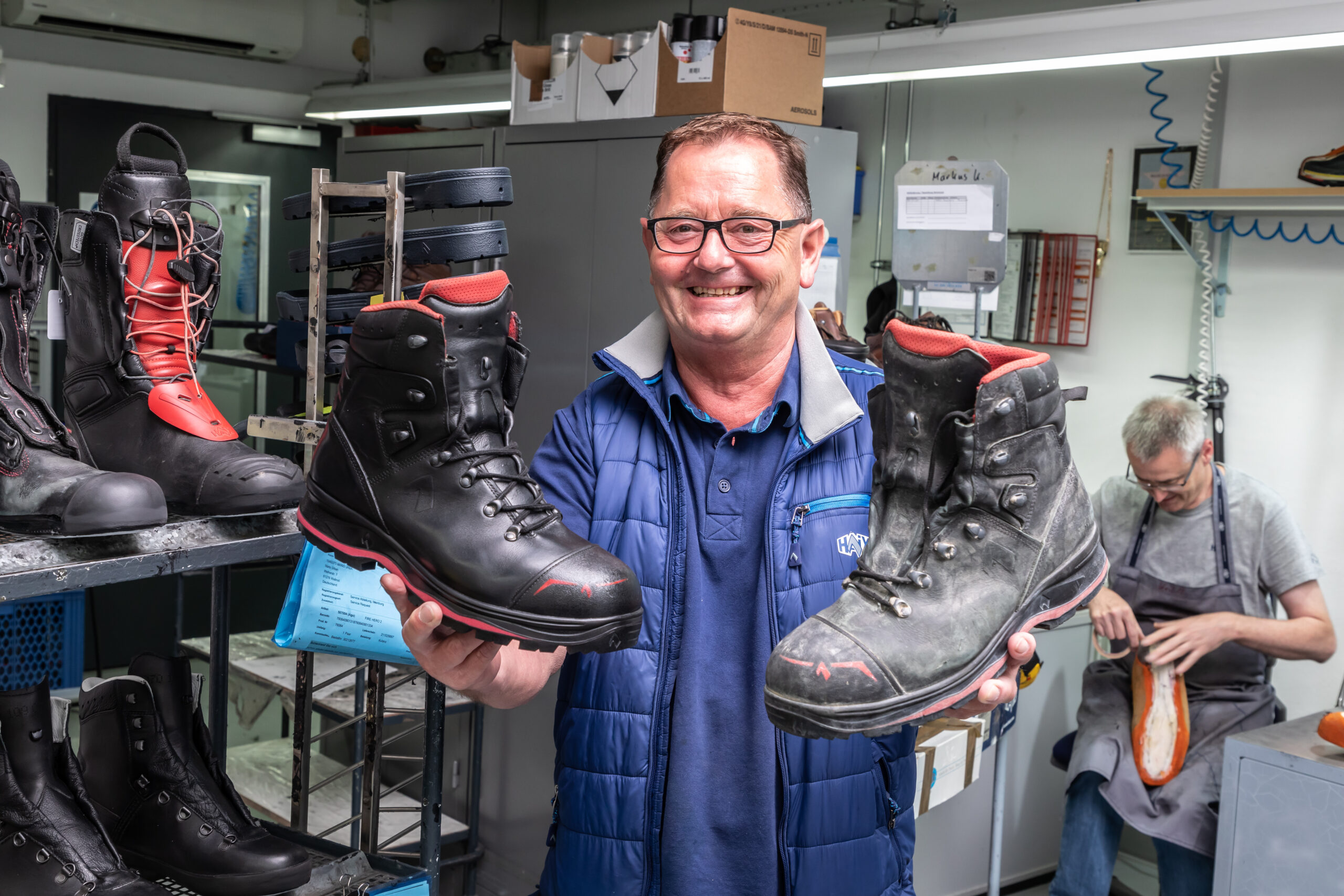A men’s job – or is it? Women are becoming better represented in manual professions. Many fields that used to be the exclusive domain of men have seen an influx of female workers. In fact, women have always worked in trades, and their role has been in constant flux.
The history
The historical role of women in crafts is difficult to define. There is little written evidence and it is not possible to determine from tools or other artefacts whether they were used by men or women. In antiquity, women craftsmen – at least in the Roman Empire – seem to have already been emancipated as goldsmiths, innkeepers and manufacturers of luxury goods.
In the Middle Ages, women were also involved in crafts, mostly in the family environment. For example, they prepared material, combed wool and spun yarn from it. In addition, widows received the right to craft from their deceased husbands. In most cases, however, women in the Middle Ages remarried in order to create security for themselves and the family. From the 14th century onwards, guild regulations forbade women to learn a trade. A big difference to today: trades such as processing textiles were also men’s business. Women were then often responsible for bringing up children and apprentices, catering and buying and selling.

Through the course of time
Even hairdressing salons tended to be run by men until 1910. This changed greatly when the clientele changed from men to women with the advent of fashionable women’s hairstyles. During industrialisation, the role of women as administrators continued to develop. The wife of the master craftsman did the bookkeeping, calculated prices and wrote invoices. But women also began to gain a foothold in new trades. In 1916, it is estimated that there were 1,200 women in the German Reich who, for example, took on quite heavy work on building sites as mortar women.
The number of female craftspeople working in construction has increased since then. In 2021, 9.2 percent of trainees in the main construction and finishing trades were female. In 2019, it was still 8.1 per cent. In the craft sector as a whole, one fifth of trainees are now female.

More women in the trades
Many female craftspeople do not come to the profession through training, but as career changers. They now make up a third of the workforce. In addition, more and more women are setting up their own businesses. Almost 24 percent of craft enterprises in 2021 were in the hands of women. Above all, professions that require creativity as well as manual skills are popular. 78.9 percent of goldsmiths are female, as are 80.5 percent of confectioners. In dental technology, the proportion of women is 54.9 per cent.
However, the proportion is much lower among carpenters, for example. For 15,660 men who trained as carpenters in 2019, there were 2355 women. The lowest rate is still to be found in the construction sector. Among bricklayers and concrete workers, only just over one per cent are women. Among plumbers and plumbing fitters it is a good two per cent. The painting profession is the most popular occupation in the construction industry among young women, with 16 per cent.

Equal opportunities for all
It shows: women can do crafts. Nevertheless, many trades are still the domain of men. Companies that advocate for more women in the trades can also show this, for example with the seal: “Trades are also women’s business here”. In a survey, 95 percent of men said that women would do just as good a job in construction. However, 92 percent of the women surveyed complained that there is a lack of female role models in the industry.
One problem in the skilled trades is the pay gap. This is even one percent above the average in the skilled crafts sector. This means that women get less money for the same work compared to their male colleagues. For a long time, the opinion also prevailed that women were not strong enough for the physically demanding work, for example on construction sites. However, many professions have changed. Technological progress and digitalisation make many things easier today – for women and for men. This is shown, for example, by our visit to roofer Chiara.
Quellen: Geschichtspark Bärnau, Handwerksmuseum Deggendorf, ZDH und Handwerk Magazin










